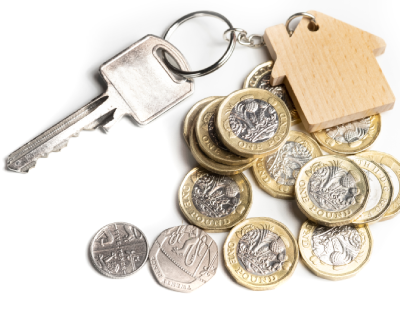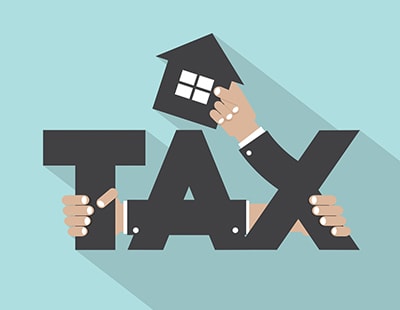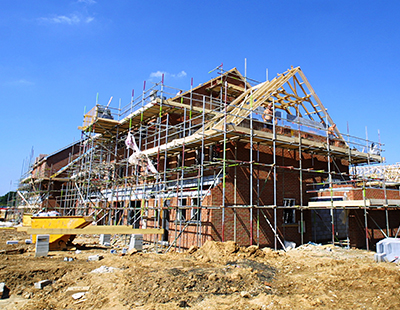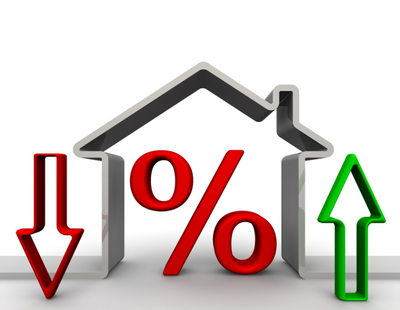
Landlords adopting a strategy of buying cheap in search of high yields are having a tougher task in finding the right properties.
Savills says there are now relatively few locations where average house prices are still below £150,000 - there’s been a 28 per cent fall in the number of homes in this price range s a result of high capital appreciation in the past two years.
Savills has analysed average house prices in local wards across Britain, calculating average house prices in the year to the end of September.
In total it looked at 8,694 wards where there were at least 10 sales in the year under review.
Only 873, or roughly 10 per cent, now have an average house price below £150,000.
Just five of those are in the South of England - specifically Great Yarmouth, East Suffolk and Fenland. None remain in London, the South East or South West.
Meanwhile, in the North East of England, the proportion of wards where the average house price is below £150,000 has fallen below 50 per cent for the first time - although at 48 per cent it has the highest of any region.
By contrast, the number of wards where the average sale price was over £500,000 increased by 38 per cent from 889 in 2020 to 1,224 in 2021.
This included a 19 per cent increase in London where the average sale price was over half a million pounds in 63 per cent of its 635 local markets.
Outside of London the number of wards with an average sale price of over £500,000 increased by a much greater 48 per cent, with a 34 per cent increase in number across the South East of England - meaning that one in three locations across the region saw the average sale price exceed this benchmark.
Savills describes as “astonishing” the fact that the South West experienced a 146 per cent increase in the number of wards where the average house price exceeded £500,000, such that they accounted for more than 10 per cent of 1,013 wards in the region.
This growth was led by Devon, Somerset - including Bath - and Gloucestershire, particularly in locations favoured by those moving out of urban settings during the pandemic.
Want to comment on this story? Our focus is on providing a platform for you to share your insights and views and we welcome contributions.
If any post is considered to victimise, harass, degrade or intimidate an individual or group of individuals, then the post may be deleted and the individual immediately banned from posting in future.
Please help us by reporting comments you consider to be unduly offensive so we can review and take action if necessary. Thank you.
















.png)






Join the conversation
Be the first to comment (please use the comment box below)
Please login to comment